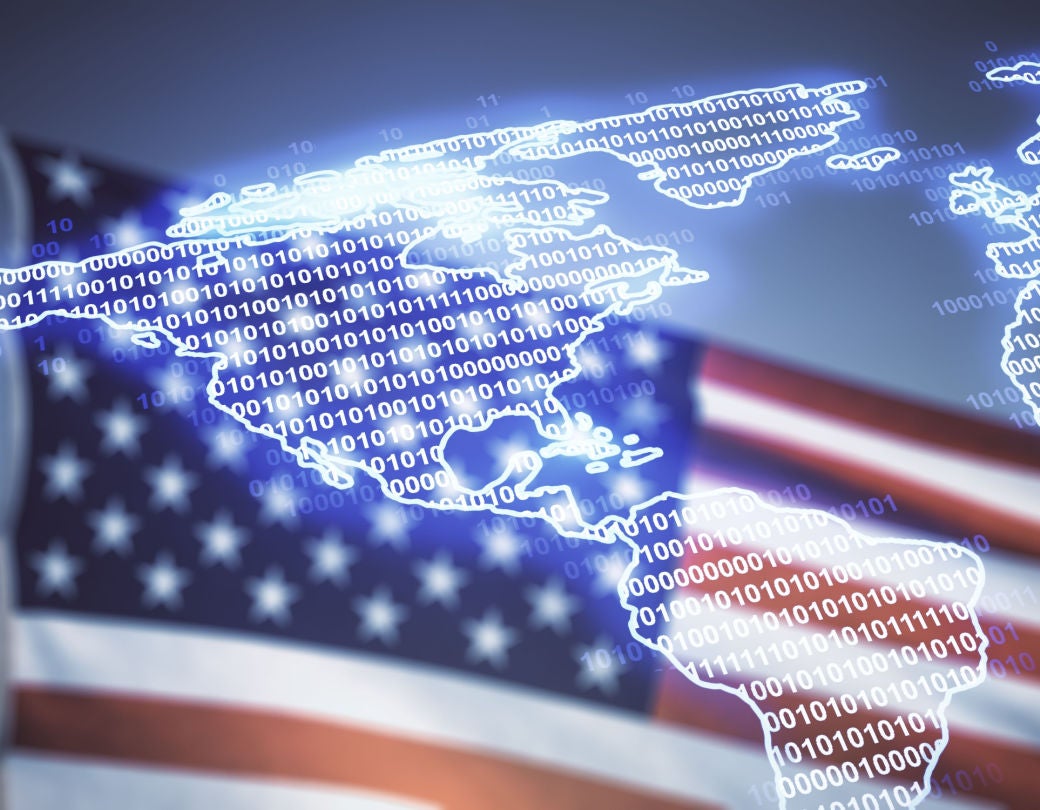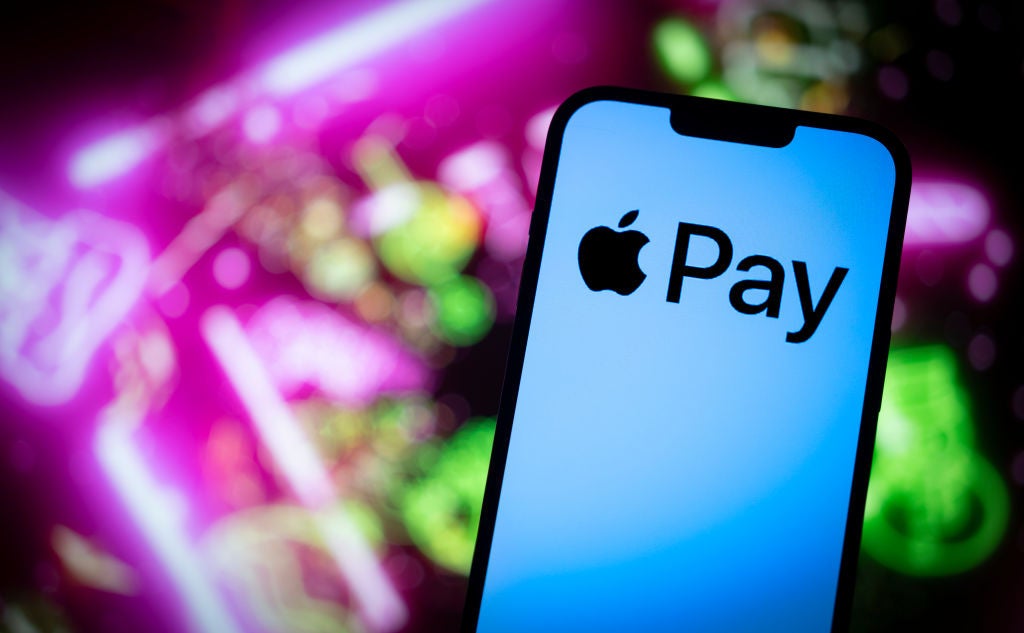There is the myth that the state can’t do things that the private sector can do; it can’t be entrepreneurial, it can’t be innovative, it can’t get things done, and ultimately, it can’t change the world.
The truth is that the state is capable of being all of the above. However, this requires serious government funding and subsequent higher tax revenues, something which politicians know does not always win votes in democracies. Perhaps it is cheaper to appeal to this common misconception than it is to explain the truth.
The most important agency you have never heard of
America’s Defense Advanced Research Projects Agency (DARPA) has existed for some time. Started by President Eisenhower in 1958 after the USSR launched Sputnik 1, DARPA is a state-funded government research and development agency. It has been responsible for worldly changing inventions like the mRNA vaccine, GPS, the PC, drones, and the internet.
In her book The Entrepreneurial State, UCL economist Mariana Mazzucato details how the US’s technological (and economic) dominance is partially due to early, long-term state-funded R&D, rather than buccaneering private sector capitalists. She argues that the state plays a critical yet overlooked role in the ecosystem of innovation. For example, twelve different technologies that underpinned the iPhone were actually created following state-funded R&D projects from DARPA and other government agencies. According to Mazzucato, these technologies included capacitive sensors, solid-state memory, the click wheel, GPS, internet, cellular communications, Siri, microchips, and touchscreens. Essentially, the state put the ‘smart’ in smartphone.
Mazzucato’s argument is illuminating because it strongly challenges the misconception of the state as a leviathan of tax, regulation, and penalties—a hurdle to jump over for the private sector, not a springboard to jump from.
State R&D Ctrl C + Ctrl V
The belief that the state cannot do anything may be pervasive among the populace, but those at the top are changing their minds. Long-term high-risk, high-reward R&D is in vogue, and many nations are copying the American DARPA model. In 2019, Japan introduced its Moonshot R&D program. Later that year, Germany also introduced their very own self-explanatory Federal Agency for Disruptive Innovation (SPRIN-D).
How well do you really know your competitors?
Access the most comprehensive Company Profiles on the market, powered by GlobalData. Save hours of research. Gain competitive edge.

Thank you!
Your download email will arrive shortly
Not ready to buy yet? Download a free sample
We are confident about the unique quality of our Company Profiles. However, we want you to make the most beneficial decision for your business, so we offer a free sample that you can download by submitting the below form
By GlobalDataThereafter, but planned long before, the Dominic Cummings-backed Advanced Research and Invention Agency (ARIA) was passed through Parliament, aiming for long-sighted R&D projects, specifically focused around science and technology.
DARPA and iPhonenomics
These government agencies would do well to mimic the successes of DARPA, but even if they managed 10% of the output of DARPA in terms of society-altering technologies, they would be deemed a success. Take the invention of the iPhone, for instance. In 2019, J.P. Morgan’s chief US economist Michael Feroli estimated that iPhone sales were adding “one-quarter to one-third of a percentage point to the annualized growth rate of the gross domestic product.” This is remarkable, given that US annualized GDP growth in 2019 was 2.3%.
The iPhone revenue in 2019 alone was $142.3 billion. This does not account for the increased productivity gains that the iPhone’s cutting-edge technology added to the economy, or the app economy subsequently created by the invention of the iPhone. This domino effect of economic growth and productivity gains was set in motion by state-funded R&D. The state benefits from the GDP growth, jobs created, and tax revenue.
Mazzucato, however, says that the state should look into ways it can increase its financial return on investment, especially given that many of these Big Tech companies are dodging tax. The state’s slice of the pie is not commensurate to its role in the innovation ecosystem, and Mazzucato has suggested that the state should seek to profit more from state-funded loans, grants, and R&D.
State funding shortfalls
In the same year that the iPhone contributed significantly to the US economy, DARPA was operating with a budget of just $3.43 billion. To put it in perspective, the state budget for Alaska (population of 790,000 people) in 2022 is $9.7 billion, almost three times the amount. Many of the aforementioned technologies are not just useful for Americans but are used globally. The benefits reach many more people than the number residing in Alaska, which begs the question: why are these departments not funded more?
MIT’s Pierre Azoulay explains why: “It is impossible to accurately measure the incidence of one-in-a-thousand ideas, much less one-in-a-million ideas, on a timescale relevant to political decision-making.” But the misconception of the state being unable to do what the private sector is not a trivial one.
It is time we started having a serious conversation about the role of the state in innovation. This would involve understanding how the state can act as a springboard for technologies and companies. First and foremost, much more money should be invested in early-stage, high-risk, high-reward R&D—it can create extraordinary value in an economy.
However, in many tech innovations, much of the early risk-taking is incurred by the state, but the profit-taking is privatized. The state should seek to turn the relationship from parasitic to symbiotic. Although the state still benefits from tech innovation, governments with long-term, state-funded R&D agencies should look at how they can benefit more from their role in these inventions, and then put to use their return on investment to do much more of the same.








